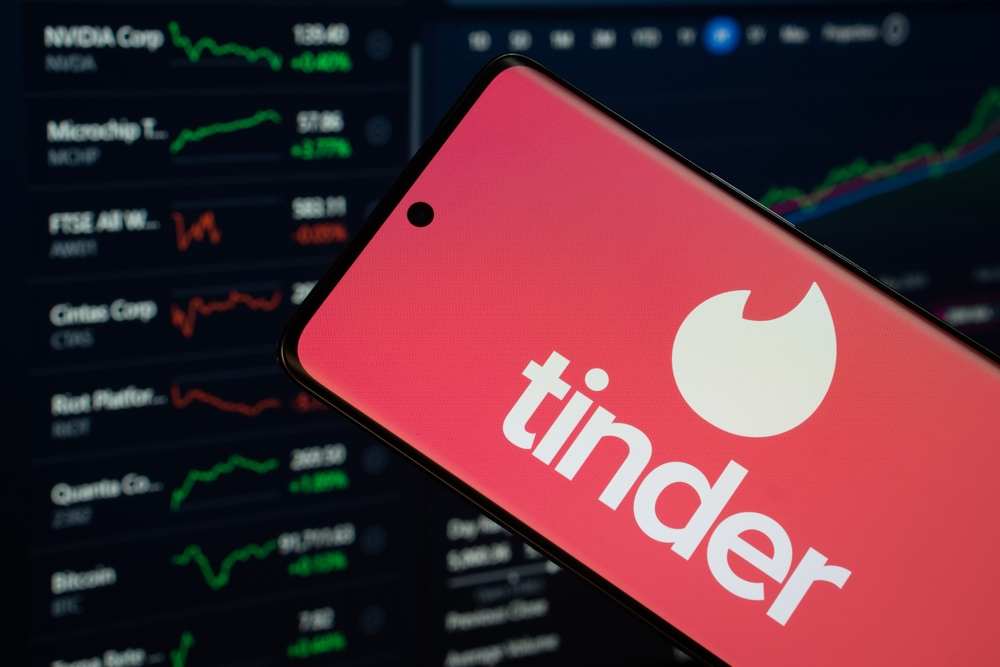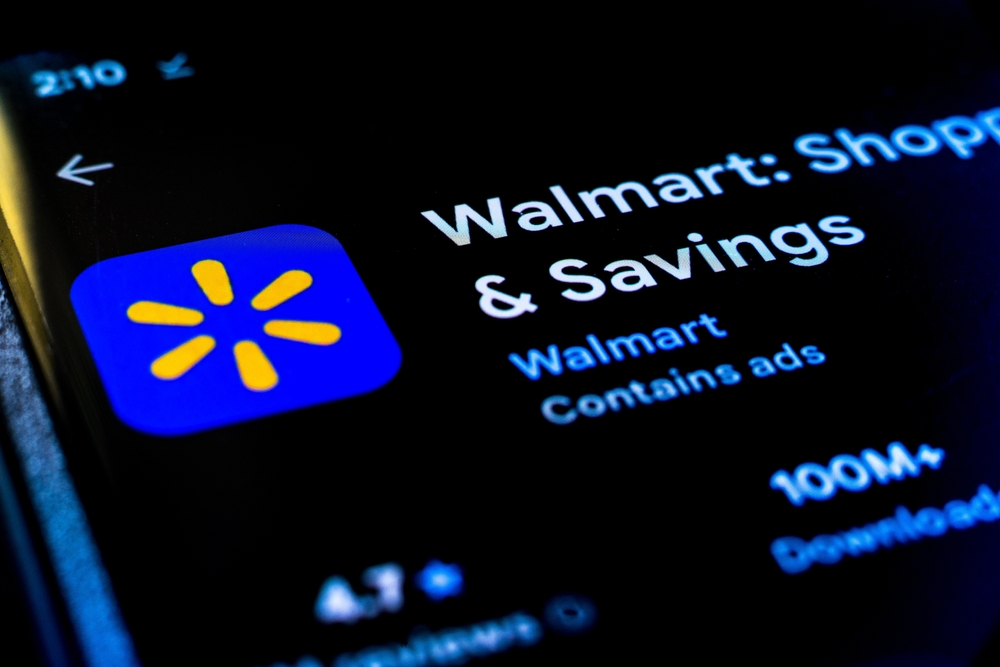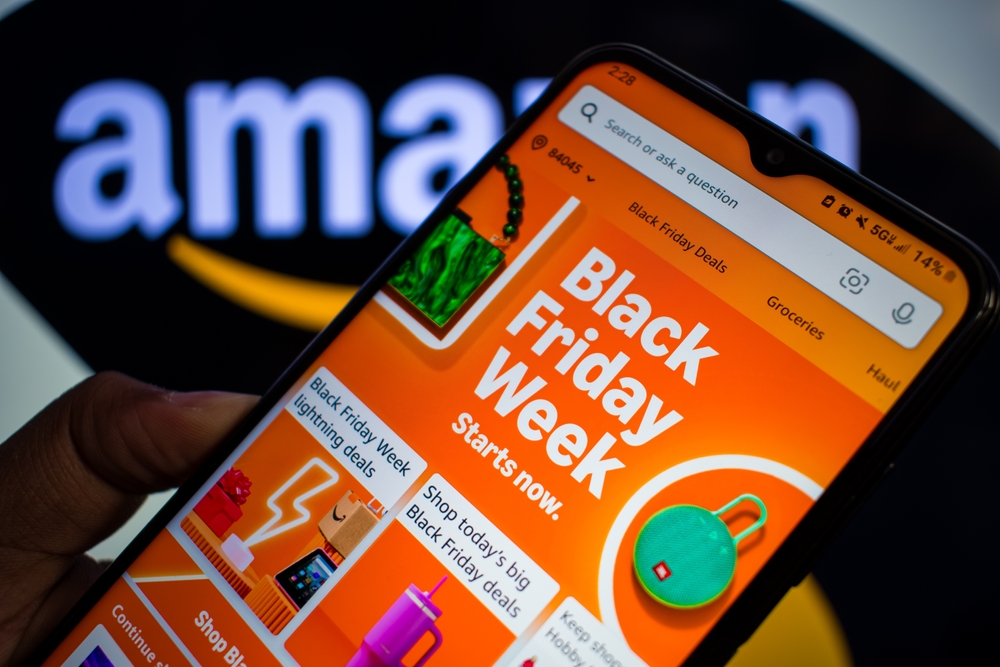Good advertising is delivering the right message to the right audience in the right way at the right time. It sounds relatively simple, but the reality is there are a lot of variables at play that can cost a lot of money to get right. Even when you get the mix right, consumers and markets are complex and dynamic, requiring you to make the right changes on the fly.
Given the seemingly endless uncertainty since 2020, being able to identify, understand, and target your buyers efficiently can provide a significant competitive advantage. It’s hard work, so, why not let your competitors do the work for you?
Competitive intelligence is the spy behind enemy lines, or better yet, the codebreaker that keeps you in the know and ahead of the game on your competitors’ moves. You’re likely already gathering this information but in an inefficient and largely ineffective manner. Allow me to explain.
You already work on competitive intelligence
Looking at a competitor’s push notifications? Reading their blogs? Understanding how they have their app onboarding process set up? You’re doing recon, a.k.a. gathering competitive intelligence (CI). Knowing what your competitors are executing on in the market and how they’re doing it is now table stakes. It provides context and ideation, enabling you to emulate their success or zig when they zag. In other words, CI allows you to steer clear of their slip-ups and join the party when they succeed.
Anyone with an internet connection can execute on CI, but there’s a difference between doing it and excelling at it. The amount of time needed to do this without a tool is frankly unscalable and doesn’t give you the full perspective or match rate of learning you need to stay ahead of the market.
Imagine you are trying to glean information from both your own app reviews and the reviews of a few competitors. How long would it take you to analyze a substantial sample size and be able to come away with real takeaways, feeling confident in the key problem and success areas? CI tools provide perspective quickly, so you can spend more time executing and less time researching.
CI helps you answer questions that first-party data cannot
I get it. You have loads of first-party data and you view this as your competitive advantage. First-party data is fantastic, but it is not a silver bullet. As an app marketer, you need to know what’s happening outside your own four walls.
You don’t want to miss out on critical market learnings or shifts in what’s most effective right now. No one wants to lose market share because they were asleep at the wheel. Learning from first-party data is a must, but it’s one-dimensional. Without more perspective, you will likely build a lower ceiling for yourself regarding user acquisition goals or milestones. CI (third-party data) enables you to have more data without the cost of acquisition, learning, trial and error, failure, etc. Used in combination, first and third-party data can validate (or refute) things you see in your data, helping you make better-informed decisions.
Another major benefit is learning more about your customers and expanding your addressable market. Everyone knows their obvious personas. Take Strava; I’m betting they know runners and cyclists make for ideal customers for their app. But maybe Strava should also target people who like cooking healthy meals at home or camping several times a year. People are complex, and it’s hard to know all the nooks and crannies of what a loyal user looks like.
A CI tool like advertising intelligence lets you see what apps your competitors’ ads are being shown inside of – essentially telling you what apps the ad networks’ algorithms have determined to be a good fit. Maybe it’s an app with an audience you did not expect. If multiple networks show ads inside the same app, you’ve just learned more about your addressable market. Now you can apply these new learnings to increase quality downloads.
Advertising doesn’t need to be unique, it needs to be effective
There’s something to be said for being unique, but it doesn’t always lead to revenue. You have to ask yourself, do you want to do something unique or something that works? Yes, doing both is possible, but the odds aren’t with you.
Remember Coinbase’s 2022 Super Bowl commercial? It was unique and created loads of buzz on social and in the media. However, according to Apptopia’s data estimates, it only provided a short pop in app downloads, and daily active user numbers quickly fell. The ad was cool, but it doesn’t appear to have moved the needle in terms of return on ad spend (ROAS) or customer acquisition cost (CAC).
It’s often better to be a fast follower. Some of the most successful companies in the world are. Think about Apple coming out with the first iPad 10 years after Microsoft released its first tablet. Apple followed and improved upon the idea, and ended up owning the tablet market. Being a fast follower means less risk and decreased likelihood of failure. You can observe and then build on top of a good idea that wasn’t well-executed or hang back and wait for better timing (RIP, Webvan).
CI helps you do just that – learn from your competitors’ mistakes and apply that knowledge in a way that helps you meet your goals. What creatives received a low number of impressions? Which campaign did they stop running after only three days? Mobile ads are fleeting – today’s best-performing ad could be the worst-performing ad tomorrow. Spending months in ideation or putting loads of money into production value is unnecessary. There are endless variables you can tweak on mobile before you get to the root of your problem: ad networks, channels, copy, creative, etc. CI enables you to avoid expensive guesswork and experiment smarter.
CI shines a light on the full marketing funnel
Having intel on your competition’s advertising strategy is important, but it’s not everything. Marketing teams that want to be ROI-positive can’t operate in a silo. They need to understand the macro business impact of their campaigns.
For example, garnering lowered cost per install (CPI) and increased downloads doesn’t necessarily mean quality users. A good CI tool should be able to visualize data that easily tells you if an app is likely getting downloads (new users) from a specific creative or campaign, and to what extent those new users are being retained. The best app marketers in the game will also want to understand competitor store search keywords, app reviews, product features and more.
In an increasingly competitive environment, CI is a critical component of building a successful strategy and ultimately leads to creating a competitive advantage. Sure, you can make many of these decisions without data… but why would you want to?
Mobile competitive intelligence can be the difference between thriving and gasping for air.
What is Ad Intel and how can it help me?





